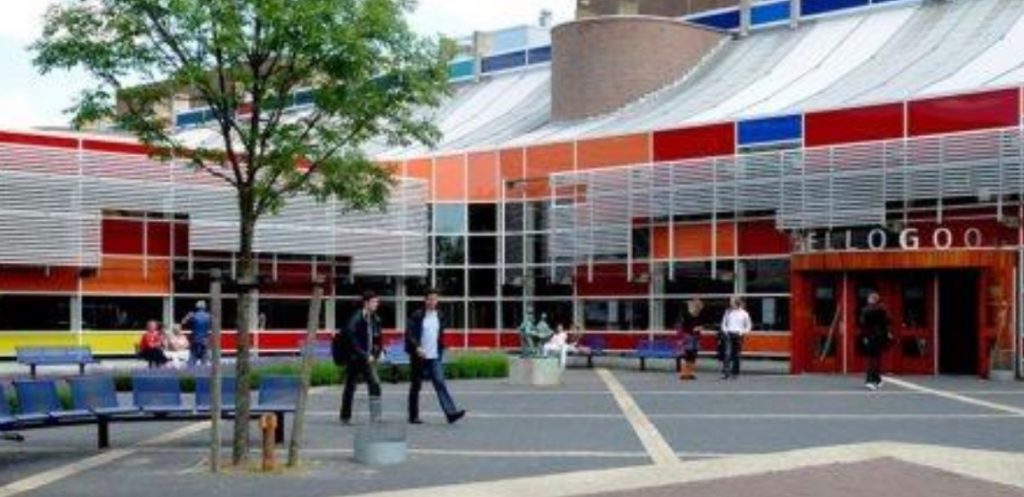
Yesterday I was asked what question I could put before political candidates in the federal election. I sent this.
The next Global Financial Crisis
Last Friday the US 1-10 year yield curve inverted, meaning that people are now willing to accept a lower return on ten year bonds than on immediate 1 year lending, the reverse of what we would naturally expect and what is normal. This is an indication of gross market angst. Over the last 50 years, such an inversion has always been followed by a US recession within the next 24 months or so.
Such a recession could trigger global debt defaults and since debt levels are much higher now than they were at the time of the last financial crisis we can expect that the impacts will be more severe – significantly on employment, on inflation and on house prices. Whatever triggers it, we can expect that there will be another global financial crisis.
Mistakes we made last time
In the last financial crisis we attempted to control the worst effects by investing in infrastructure and construction packages, but fast tracking infrastructure led to gross wastage through hasty and poor decisions being made, and the Government later scrambled to claw back the money it had spent by reducing operations and maintenance funding – leading to further losses. We did come out of the last GFC reasonably well, but at a significant cost.
So my question for political candidates, particularly any who aspire to the position of Treasurer, is:
” What do you plan to do to stabilise the Australian dollar in the event of the next financial crisis?”
Infrastructure is more than a collection of projects
When we are faced with a GFC, the sooner we intervene, the smaller the intervention needs to be. So anything with a sizeable gestation period – like infrastructure – is a poor answer. It is often suggested that we hold a stock of ‘shovel ready’ projects (to use the American term). This is easy, but we don’t do it. And I would argue, nor should we!
Thinking in terms of ‘projects’ rather than ‘infrastructure systems’ is wasteful and unproductive. Wise infrastructure decision making is not about roads, it is about our transport systems; it is not about a hospital, but about our health systems. Infrastructure decision making requires careful planning and time to ensure that the correct integrations are made.
All of which suggests that infrastructure is NOT a good answer to short-term, stop gap, financial crises – of the local or the global variety.
So what is? Almost anything else! Anything that gets more government money into circulation and received directly by those most disadvantaged, who need to spend it straight away. Teacher’s Aides or similar would be good, for little training or equipment would be needed to get them into work, and recovery money would not be siphoned off into exports.
Thoughts?

Integrative Asset Management in Holland
Rob Schoenmaker, currently with Delft University, has been appointed to the position of Professor of Asset Management at HZ University of Applied Science. This is a brand new program, not part of engineering, business studies but entirely independent. The aim, in line with the integrative principle of asset management, is to span the boundaries between various disciplines. So he is involved in (civil) engineering, industrial engineering and management, data science, economics and international business management. The lot!
His role is to focus on research, to create long-term relationships with public and private organization, to get real life situations that can be studied and used in the various curricula. All with the end in mind: toeducate the professionals of the future using real problems and challenges.
User Stories
One of the first reaps of the harvest of spanning the boundaries between disciplines is the technique of ‘user stories’. Data scientists use this technique within their CRISP-DM[1]method to determine data mining requirements or goals. This technique has proven to be very useful to get to the core of what asset management professionals need to know.
User stories in ‘software speak’ can seem quite remote. Here it is in simple English. The official format of a user story is:
As <my role> I want <action/characteristic> in order to <reason>.
For example:
As a maintenance engineer I want to know the number of defects of component x in week y to understand the performance of the system.
It starts with a priming question –
What do you want to know/to do but never got the opportunity to find out/to do?
Professionals in this position can readily come up with dozens of questions covering what they really want to know – and why they want to know it. Rob then takes his harvest of questions, creates some order out of the chaos of stories and sorts them into certain categories, which in turn become input for the next discussion.
Behind finding the answers to the user stories lies the paradigm of ‘data-based, evidence-based’ and Rob says the real fun is to combine asset management with data science techniques.
“ What we intend to do, is to get long term relationships with public and private asset owners/managers in our region. We will do research on their areas of interest – this requires a budget, mind you – and we have lecturers-researchers work on the project, together with students. The lecturers-researcher can integrate the projects they are working on in the modules/courses.
Another way of working together with the asset owners/managers, is to define projects and apply for (NL/EU) subsidies. Once awarded this also results in a multi-year collaboration.
As an example: Together with my colleague of Data Science, we are now in the process of writing a proposal for risk-based, data-based AM in municipal sewage system management. This area is facing a lot of rehabilitation work in the coming decades, plus challenges caused by heavier rainfall, longer periods of dry weather, tighter budgets, pressure for transparency, etc.
Smaller municipalities often don’t have the budget for R&D, lack capacity (and often capabilities) to apply complicated AM techniques. And don’t know how to use the data they are sitting on. What we intend to do is to create a ‘fit-for-purpose’ (sorry: couldn’t find a better phrase) AM toolbox and incentivise inter-municipality collaboration. Again, asset management is doing this in close cooperation with data science – and we started off several months ago with collecting user stories.”
Universities in Australia have also been developing graduate courses in practical research methods and case studies as described by Rob Schoenmaker, but using ‘user stories’ for this purpose and feeding information back into curricular development is innovative.
This is question asking at its finest – providing both learning and teaching.
Talking Infrastructure has used a modified form of Rob’s ‘question and response’ format to establish what it is that our own multi disciplinary listeners want to know about infrastructure decision making. Responses are now being collated and you will be able to see the results in our first podcast episode “What do you want to know?”
[1]CRISP-DM:Cross Industry Standard Process for Data Mining (Chapman et al., 2000)

Recent Comments